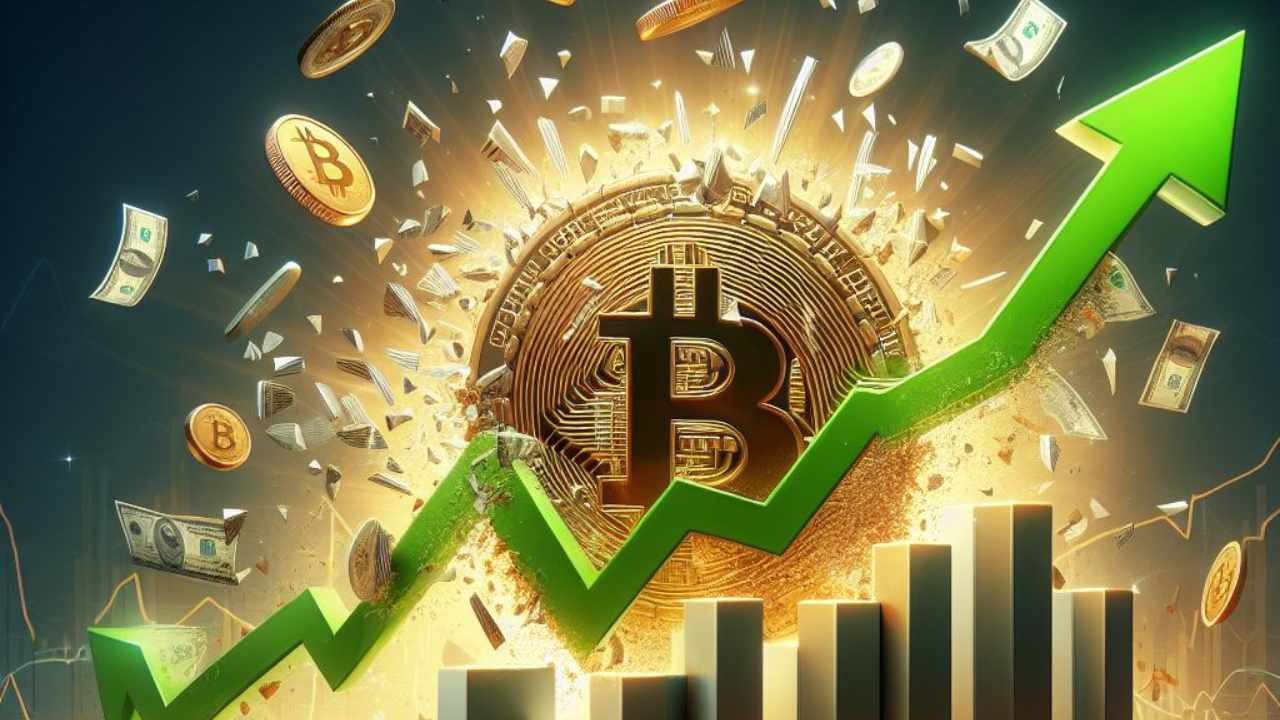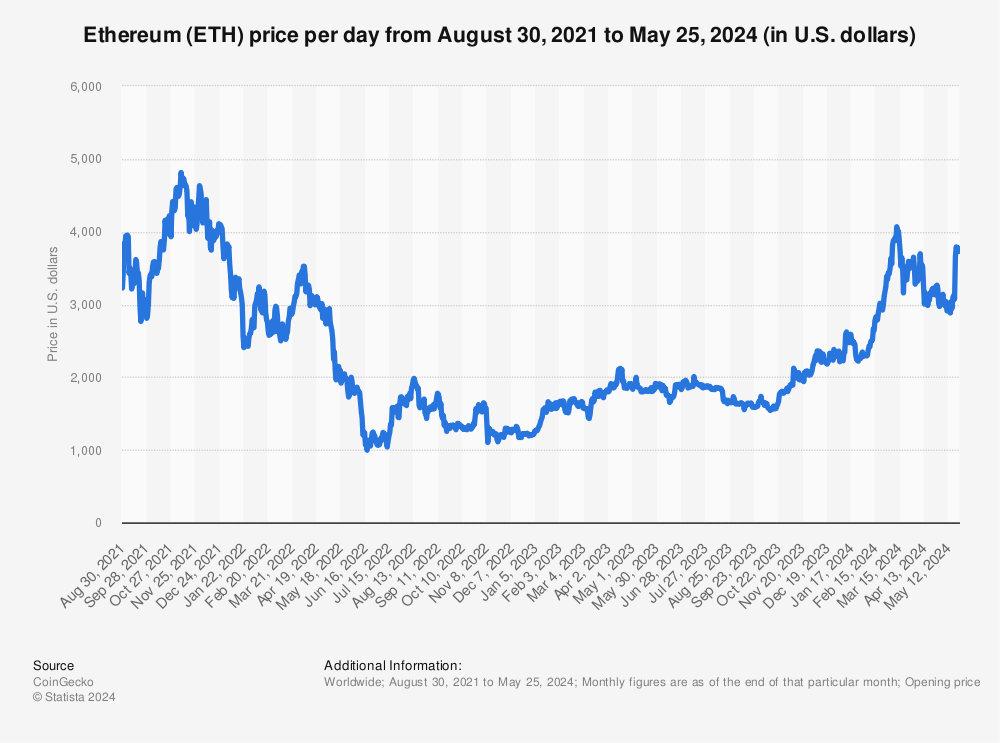
Bitcoin’s Future Looks Bright: Why Experts Predict a Bull Run
Risk assets usually perform better when interest rates are low. Speculation that stubborn inflation will cause Federal Reserve policymakers to reduce rates more slowly than anticipated has been a headwind for cryptocurrencies in recent weeks. However, several Wall Street analysts see substantial upside for patient investors.
The Investment Thesis for Bitcoin
The price of Bitcoin is based on supply and demand. However, because supply is limited to 21 million coins, demand is the most consequential variable. That means the future price trajectory of Bitcoin depends on whether demand increases or decreases from its current level.
Two recent developments could boost demand in the coming months and years. First, the Security and Exchange Commission (SEC) approved spot Bitcoin ETFs in January 2024. Second, the Bitcoin block subsidy was cut in half in April 2024.
Spot Bitcoin ETFs Could Bring Institutional Investors to the Market
Spot Bitcoin ETFs provide investors with direct Bitcoin exposure through their brokerage accounts, meaning they do not need to create new accounts with cryptocurrency exchanges. Additionally, while spot Bitcoin ETFs charge annual fees expressed as an expense ratio, they are often lower than the transaction fees charged by cryptocurrency exchanges.
In short, spot Bitcoin ETFs reduce friction for both retail investors and institutional investors. When I say institutional investors, I am referring to professional money managers like family offices, endowments, hedge funds, insurance companies, and investment banks. Institutional assets under management (AUM) are forecasted to reach $145 trillion by 2025, according to PwC. If even a small fraction of that total was allocated to Bitcoin, the cryptocurrency’s price could rise substantially.
The Halving of Bitcoin Block Subsidies Should Reduce Selling Pressure from Miners
Bitcoin miners make money through block subsidies and transaction fees, collectively referred to as block rewards. Block subsidies, which represent newly minted Bitcoin, are cut in half each time 210,000 blocks (groups of transactions) are validated and added to the blockchain, which happens about once every four years.
The most recent halving event took place in April 2024 when the block subsidy fell from 6.25 BTC to 3.125 BTC. That was the fourth halving event since Bitcoin was created, and the implied reduction in selling pressure – miners will have less Bitcoin to sell over the next four years – bodes well for investors because it would be tantamount to an increase in demand. Indeed, Bitcoin has experienced significant price appreciation following past halving events.
Is Bitcoin a Good Investment?
Investors comfortable with risk and volatility should consider buying a small position in Bitcoin today, provided they have the correct mindset. Cryptocurrency prices can rise and fall quickly, sometimes for seemingly nonsensical reasons, so investors should be prepared to hold their Bitcoin through ups and downs over a long time period.
Additionally, there is no guarantee Bitcoin ever reaches the price targets mentioned earlier. For that reason, Bitcoin is best viewed as one component of a diversified portfolio.
Bitcoin ETFs have accumulated more assets in their first 50 days on the market than any other ETFs in history.
The halving of Bitcoin block subsidies reduces selling pressure from miners.
Bitcoin’s price could rise substantially if institutional investors allocate a small fraction of their assets to the cryptocurrency.















